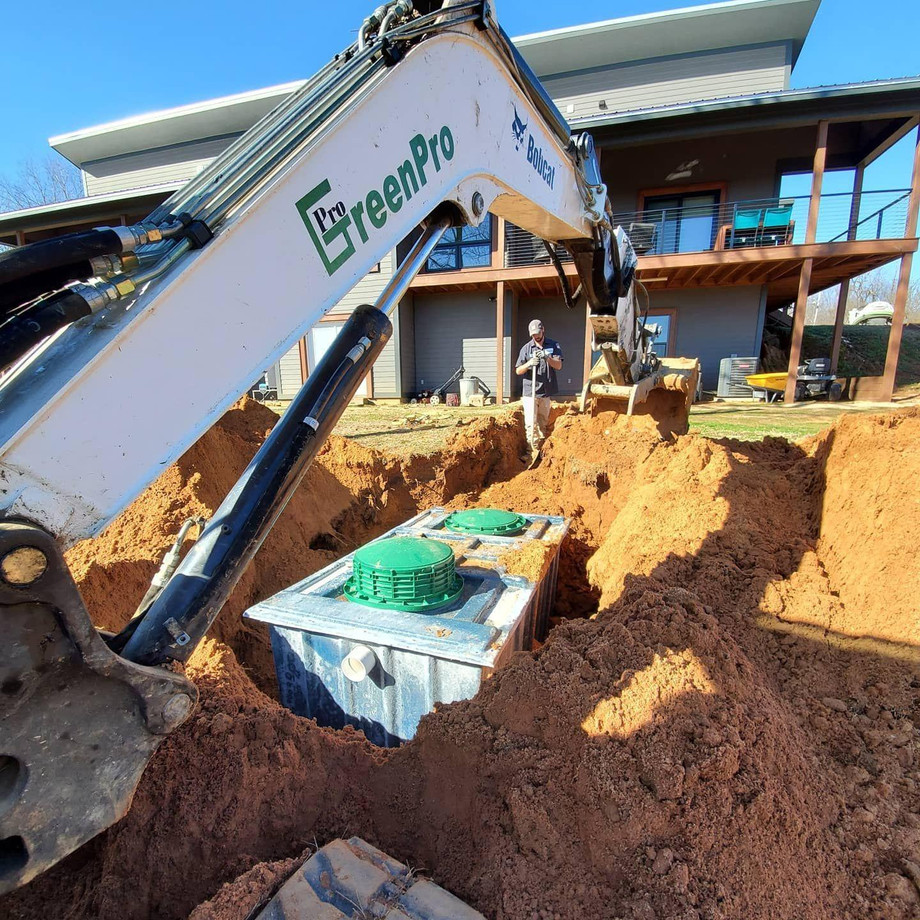Septic tank systems play a crucial role in the effective management of household waste in areas without access to a centralized sewer system. By installing a septic tank system, homeowners can ensure proper treatment and disposal of wastewater while minimizing their impact on the environment. In this article, we will provide a comprehensive guide to septic tank system installation, covering everything from planning and preparation to maintenance and environmental considerations.
Planning and Permits:
Before initiating the installation process, it is essential to consult local authorities or health departments to determine the specific regulations and permits required for septic tank system installation in your area. They will provide guidelines on system capacity, setback distances, and soil testing requirements. Proper planning ensures compliance with local regulations and prevents future problems.
Site Evaluation and Design:
A critical step in septic tank system installation is conducting a thorough site evaluation. This evaluation involves examining the soil composition, water table depth, slope of the land, and proximity to water bodies. A professional engineer or septic system designer can help determine the appropriate tank size, drain field layout, and overall system design to meet the needs of your household and the characteristics of the site.
Choosing the Right Septic Tank:
Selecting the correct septic tank is crucial for the efficient functioning of the system. Tanks are available in various materials such as concrete, fiberglass, and plastic. Factors to consider include durability, longevity, ease of maintenance, and local regulations. Consult with a septic tank professional to determine the best option for your specific requirements.
Installation Process:
The installation process begins with excavating a suitable location for the septic tank and drain field. The tank is carefully placed, leveled, and connected to the inlet and outlet pipes. It is crucial to follow manufacturer guidelines and local regulations to ensure proper installation. The drain field, consisting of perforated pipes or trenches, is then installed to distribute treated effluent into the soil.
Plumbing and Electrical Connections:
Once the septic tank and drain field are in place, the plumbing connections from the house must be established. A professional plumber will connect the household wastewater pipes to the septic tank's inlet, ensuring a watertight connection. Electrical connections may also be required for components such as aerators or pumps, depending on the system design.
System Testing and Inspection:
After installation, the septic tank system undergoes testing and inspection to ensure proper functioning and compliance with regulations. This may include water flow tests, dye tests, and inspections of all components. A professional inspector will evaluate the system's efficiency, verifying that wastewater is adequately treated and discharged.
Maintenance and Care:
Regular maintenance is vital to the longevity and efficiency of a septic tank system. It is recommended to schedule regular inspections, pump out the tank as necessary, and follow proper usage guidelines, such as avoiding excessive water usage and refraining from disposing of non-biodegradable or hazardous materials down the drain. Regular maintenance helps prevent system failures, backups, and environmental contamination.
Environmental Considerations:
Septic tank systems can have a significant impact on groundwater and nearby water bodies. To minimize environmental harm, it is important to choose appropriate locations, maintain proper setback distances from wells and water sources, and ensure adequate soil percolation for wastewater treatment. By implementing sustainable practices, such as using environmentally-friendly cleaning products and conserving water, homeowners can further reduce their environmental footprint.
Conclusion:
Septic tank system installation requires careful planning, professional expertise, and adherence to local regulations. By following the steps outlined in this comprehensive guide, homeowners can ensure an efficient, durable, and environmentally-friendly waste management solution. Proper installation, regular maintenance, and responsible usage will help protect both
For more info :-
Affordable Septic Tank Pumping in Oxford
Reliable Septic Tank Pumping in Oxford
Septic Tank Maintenance in Mississippi

























